Did you know that nearly 70% of dogs eat things they shouldn’t, including poop eating, when outside? As a dog owner, I’ve faced this challenge firsthand. It’s frustrating to watch my furry friend munch on everything from grass to random trash, including dog meals, dog diets, dog treats, and duck poo dog poo rocks anything. Understanding how to get my dog to stop eating everything outside is crucial for their health and my peace of mind.
I’ve learned some effective strategies that can help curb this behavior. From training techniques to managing their environment, there are simple steps I can take. My goal is to enjoy outdoor time without worrying about what my pup might snack on next. Let’s dive into these tips and keep our dogs safe while they explore the great outdoors.
Key Takeaways
- Identify Triggers: Observe your dog to understand what specific items they are drawn to outside, such as grass, dirt, or trash. This can help you manage their environment more effectively.
- Use Training Techniques: Implement positive reinforcement training methods to teach your dog commands like “leave it” or “drop it.” Consistent practice can reduce unwanted eating behavior.
- Provide Alternatives: Ensure your dog has plenty of safe toys and chew items at home. Keeping them engaged can lessen the temptation to eat things outside.
- Monitor Health: Watch for signs of overeating, such as vomiting or lethargy. If you notice these symptoms, consult a veterinarian to rule out any health issues.
- Limit Access: Create a controlled outdoor space where your dog can play without the risk of eating harmful items. This can help keep them safe while enjoying the outdoors.
- Educate Yourself: Learn about the health risks associated with dogs eating non-food items. Understanding the dangers can motivate you to take action and protect your pet.
Why Dogs Eat Everything Outside
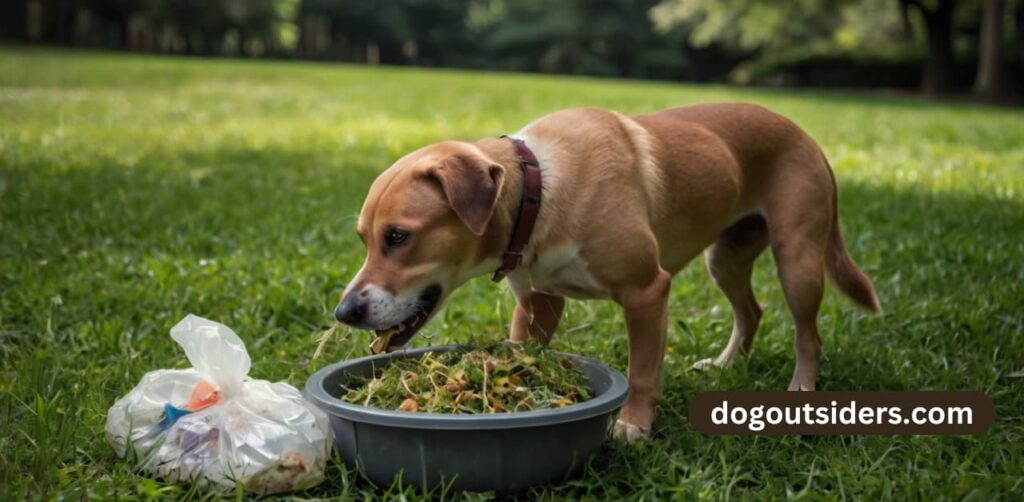
Natural Behavior
Dogs often engage in scavenging. This behavior is instinctual, especially in puppies. They explore their world with their mouths. I remember when my puppy would pick up anything he could find. Leaves, sticks, and even bits of trash became his treasures. This natural instinct helps them learn about their environment.
e dogs may continue this habit into adulthood. It can be frustrating for owners. However, understanding that this behavior is normal can help manage it better.
Pica Issue
Pica is a condition where dogs eat non-food items. This can include dirt, rocks, or even plastic. It’s important to recognize pica as a potential problem. In my experience, noticing what my dog was eating helped me understand his needs better.
If your dog shows signs of pica, consult a veterinarian. They can rule out medical issues or nutritional deficiencies. Addressing the underlying causes is crucial for your dog’s health.
Boredom and Curiosity
Boredom drives many dogs to eat things outside. Dogs need mental and physical stimulation. Without it, they might resort to chewing on random objects. I’ve seen how my dog becomes more curious when he lacks exercise and playtime.
Curiosity also plays a role in this behavior. Dogs are naturally inquisitive creatures. They might try to taste everything around them. Providing engaging toys and activities can reduce this urge.
Environmental Factors
The environment influences a dog’s scavenging habits. A cluttered yard filled with interesting smells can attract dogs. If there are food scraps or enticing scents nearby, dogs will likely investigate.
Keeping the area clean is essential. Regularly check for hazards like trash or harmful plants. Creating a safe space helps minimize unwanted eating behaviors.
Training Techniques
Training can help control scavenging behaviors. Teaching commands like “leave it” can be effective. Consistent reinforcement encourages better choices during walks or outdoor playtime.
I found that rewarding my dog for ignoring distractions worked wonders. Positive reinforcement builds trust and improves behavior over time.
Common Items Dogs Eat
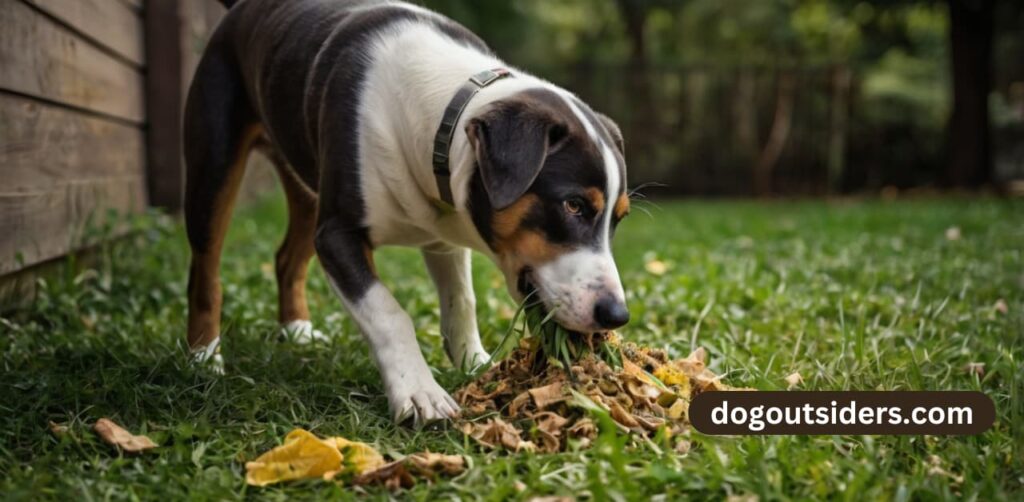
Leaves and Grass
Dogs often munch on leaves and grass during walks. Many owners notice this behavior, especially in spring and summer. While some dogs may eat grass to induce vomiting, others do it out of boredom. I’ve seen my dog nibble on grass just to explore the world around him.
Eating leaves can lead to stomach upset or blockages. Some plants are toxic too. Pet owners must identify which plants are safe for their dogs.
Trash and Food Waste
Trash is a tempting target for many dogs. They love to rummage through garbage cans. This curiosity can lead to serious health risks. For example, spoiled food can cause digestive issues. Sharp objects like cans can also pose choking hazards.
I learned the hard way when my dog got into the trash and swallowed something he shouldn’t have. It was a scary trip to the vet. Keeping trash secured is essential for dog safety.
Stones and Dirt
Dogs often chew on rocks or dig in the ground, and this behavior may be linked to boredom or anxiety. Consuming stones can lead to broken teeth or even serious intestinal blockages. Identifying this issue early on is crucial to avoid potential injuries.
I always watch my dog closely when we’re at the park. He loves to dig, but I keep an eye out for anything harmful he might find.
Sticks and Wood
Sticks are another common item dogs consume. Many dogs enjoy chewing on sticks while playing fetch. However, sharp edges can splinter and injure their mouths or throats.
I prefer to provide my dog with safe chew toys instead of letting him chew sticks outside. This keeps him entertained without the risk of injury.
Dangers of Foreign Objects
Foreign objects pose serious dangers to dogs. Choking hazards are a major concern, especially with small items like coins or balls. These can get lodged in their throats, leading to suffocation.
Ingesting indigestible items can also lead to gastrointestinal problems. Blockages may require surgery to remove them, which is costly and stressful for both pets and owners.
Vigilance is Key
Monitoring what dogs pick up outdoors is vital for their safety. I always keep my eyes peeled during our walks. Being vigilant helps prevent unwanted accidents.
Training your dog not to eat everything outside takes time and patience. Positive reinforcement works well in teaching them what’s safe and what’s not.
Understanding Grass and Dirt Consumption
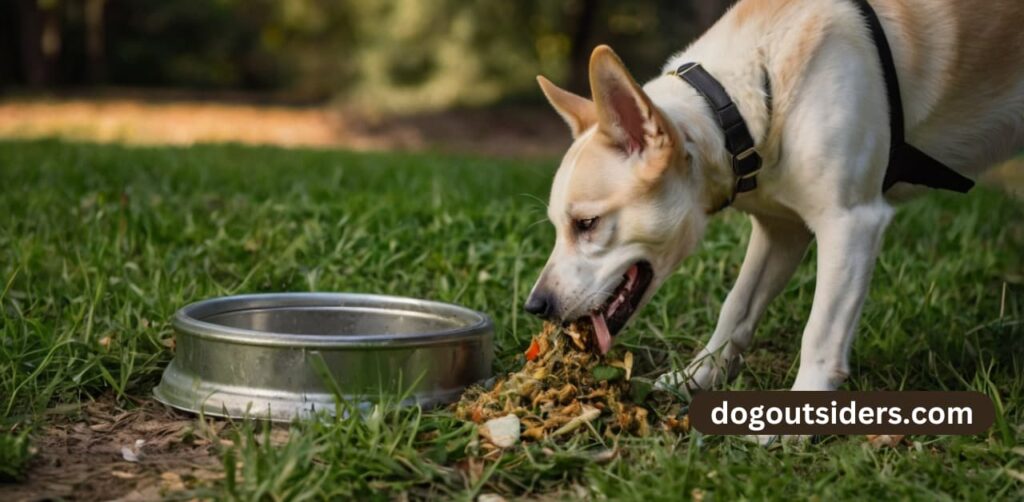
Grass Eating
Dogs often eat grass for various reasons. Some dogs do it to help with digestion. Grass can act as a natural digestive aid. It may help them vomit or relieve an upset stomach. I’ve seen my dog munch on grass after he eats too quickly. This behavior seems common among many dogs.
Boredom can also lead to grass consumption. Dogs, especially those left alone for long periods, may seek entertainment. They might nibble on grass simply to pass the time. If your dog is bored, providing toys or engaging in playtime can help reduce this behavior.
Dogs may find grass tasty, similar to how we enjoy snacks. They often have a preference for specific types of grass, indicating that flavor influences their choices. Additionally, the texture of grass can be enjoyable for them.
Dirt Eating
Dirt consumption is another common behavior in dogs. Puppies often explore their environment through chewing and tasting. They learn about their surroundings by eating dirt. This behavior is part of their natural curiosity. I remember my puppy digging in the garden and sampling the soil. It was amusing but concerning at the same time.
Adult dogs may eat dirt for different reasons. Some dogs may seek minerals or nutrients found in the soil. Others might enjoy the texture or taste of dirt itself. For example, some breeds have been known to eat dirt when they are anxious or stressed.
Eating dirt can sometimes indicate a nutritional deficiency. Dogs lacking certain vitamins or minerals might turn to dirt for relief. It’s essential to monitor this behavior closely and consult a vet if it becomes excessive.
Digestibility Concerns
Both grass and dirt have varying levels of digestibility for dogs. Grass is generally safe but can lead to vomiting if consumed in large amounts. Dogs’ digestive tracts can handle small amounts without issue. However, not all grasses are safe; some may be treated with chemicals.
Dirt poses more risks than grass does. Soil can contain harmful bacteria or parasites that affect health. It’s crucial to keep an eye on what your dog consumes outside. Regular vet check-ups can help catch any potential issues early.
In my experience, keeping my yard clean has reduced my dog’s urge to eat everything outside. Ensuring they have a balanced diet also helps curb these behaviors.
Reasons Behind Rock and Poop Eating
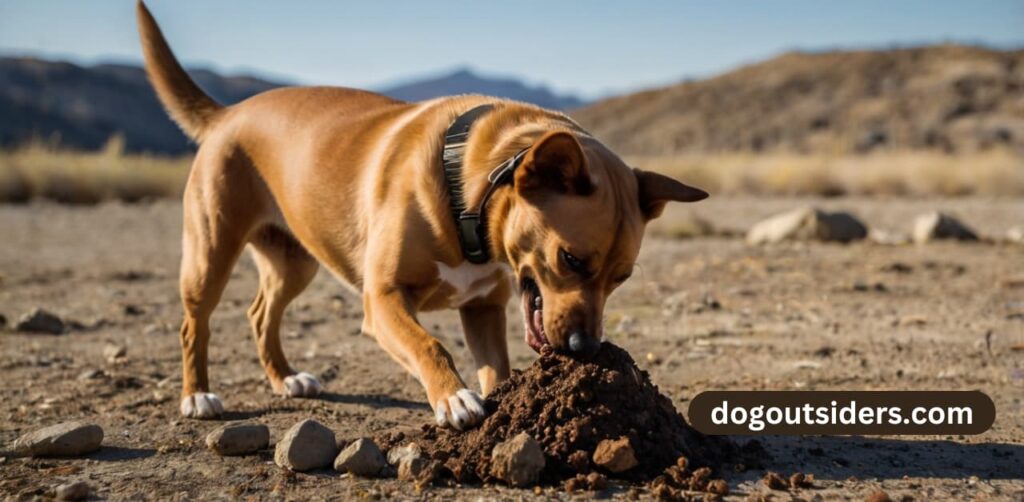
Boredom and Anxiety
Dogs often chew on rocks or other non-food items. This behavior can stem from boredom or anxiety. When dogs lack mental stimulation, they may seek out strange eating habits to entertain themselves. I’ve noticed that my dog tends to nibble on rocks during long walks when he feels restless.
Anxiety can also trigger this behavior. A stressed dog might resort to chewing on anything available. This includes rocks, sticks, or even animal feces. If your dog frequently engages in these activities, it may be time to assess their environment and routine.
Coprophagia Explained
Coprophagia is the act of eating feces. This behavior is more common than many owners realize. Dogs may eat their own feces or that of other animals. There are various reasons for this strange eating habit.
Dogs may eat feces due to a lack of vital nutrients in their diet. Sometimes, this behavior is instinctual, as they feel the need to clean up after themselves or other dogs. It’s interesting to note that certain breeds are more likely to engage in coprophagia than others. Observing your dog’s habits can help identify any recurring behaviors.
Health Issues
Health issues can lead to unusual eating behaviors as well. For instance, if a dog is not getting enough nutrients, they may turn to feces for sustenance. Some conditions can cause nutrient absorption problems. These include pancreatic insufficiency and intestinal parasites.
Veterinarians often recommend testing for underlying health problems if coprophagia occurs regularly. A thorough check-up can help identify any issues that need addressing. It’s crucial to pay attention to your dog’s overall health.
Pica Behavior
Pica refers to the consumption of non-food items like rocks and dirt. This condition has multiple causes, including boredom, anxiety, or even medical issues. Dogs with pica may eat anything they find outside.
Providing mental stimulation is essential for dogs prone to pica. Interactive toys can engage them mentally and reduce the urge to chew on strange things. I’ve found that puzzle toys keep my dog focused and less likely to munch on rocks.
Signs Your Dog Has Overeaten
Vomiting Symptoms
Dogs may show signs of vomiting after overeating. This can happen shortly after they consume too much food or something inappropriate. If your dog throws up, it’s a clear sign that their stomach is upset.
I remember when my dog ate too many treats at once. I found it concerning when he vomited later that day. It reminded me to monitor what he eats more closely.
Diarrhea Indicators
Diarrhea is another symptom of overeating. It often occurs when the dog’s digestive system cannot handle the excess food. Loose stools can lead to dehydration if not addressed quickly.
Keep an eye on your dog’s bathroom habits. If you notice frequent trips outside or watery stools, it could indicate they have eaten too much.
Bloating Concerns
Bloating is a serious condition in dogs. It can occur after overeating and may require immediate attention. Signs of bloating include a swollen stomach and restlessness.
If your dog seems uncomfortable or tries to vomit without success, seek veterinary help right away. I learned how critical this issue can be when my neighbor’s dog experienced bloating after a feast at a family gathering.
Lethargy Signals
Lethargy can also signal that your dog has overeaten. If your normally energetic pup suddenly becomes tired and less active, it might be time to check their eating habits.
I noticed my dog lying around more than usual after a big meal one day. It made me realize that portion control is crucial for keeping him healthy and active.
Behavioral Changes
Changes in behavior can indicate that your dog has overeaten. Watch for signs like irritability or refusal to play. Dogs may become less social if they feel unwell from overeating.
It’s important to connect these behavioral changes with their eating patterns. I’ve seen my dog act grumpy after he indulged in too many snacks during a family picnic.
Monitoring Food Intake
Keeping track of what your dog eats helps prevent overeating issues. Set specific meal times and stick to them. Avoid giving in to begging or excessive treats between meals.
I find that measuring my dog’s food helps maintain a healthy diet. This simple step reduces the chances of him overeating and feeling sick later.
Health Risks of Overeating
Gastrointestinal Distress
Overeating can lead to serious gastrointestinal distress in dogs. This condition often results in symptoms like vomiting and diarrhea. Dogs may eat too much when they find food outside, which can upset their stomachs. I have seen my dog struggle after eating something he shouldn’t have. It is crucial to monitor their food intake.
Gastrointestinal issues can become severe. A dog that eats too much may suffer from bloating or gastric torsion. Bloating occurs when the stomach fills with gas, leading to discomfort. Gastric torsion can be life-threatening if not treated quickly.
Long-term Health Implications
The long-term effects of overeating can be significant. Obesity is a common result of excessive food consumption. This condition leads to various health problems, including diabetes and heart disease. A dog that is overweight may also face joint issues as it ages.
Maintaining a balanced diet is essential for a dog’s overall health. Ensuring proper dietary needs can help prevent these issues. I make sure to measure my dog’s meals to avoid overfeeding.
Internal Injuries and Blockages
Certain items that dogs ingest can cause internal injuries or blockages. Common culprits include toys, bones, and even garbage. These objects can get stuck in the digestive tract, leading to serious complications. Surgery may be required to remove the blockage.
Dogs may also consume radioactive food, which poses additional risks. Items found outdoors can contain harmful substances that affect their health. Recognizing unusual eating habits early can help prevent these dangers.
Emotional Factors
Boredom often drives dogs to eat everything they find outside. Dogs need mental stimulation and physical exercise to stay healthy. Without enough activity, they may resort to unusual eating habits out of frustration or anxiety.
Providing engaging toys and regular walks can reduce this behavior. I noticed a change in my dog’s appetite when I increased his playtime. Keeping them busy helps satisfy their needs without turning to dangerous snacks.
Effective Training Techniques
Commands
Using commands like “drop it” and “leave it” can help control what your dog eats outside. Start by practicing these commands at home. When your dog picks up something, calmly say “drop it.” If they comply, reward them with a treat. This builds a connection between obeying the command and getting a reward.
I found that consistency is key in this process. Repeating commands during walks helps reinforce their meaning. Over time, my dog learned to respond quickly to these phrases, reducing the urge to eat unwanted items.
Positive Reinforcement
Positive reinforcement is vital in training. Reward your dog when they ignore food or objects while outside. Use treats, praise, or toys as rewards. This encourages them to focus on you rather than what’s on the ground.
I often carry small treats during our walks. Each time my dog ignores something they want to eat, I give them a treat. This creates a positive association with ignoring distractions.
Regular Training Sessions
Incorporate regular training sessions into your routine. Short sessions of 5-10 minutes work best for maintaining focus. Use these times to practice commands and reinforce good behavior.
My experience shows that frequent practice leads to better results. I train my dog daily, which has improved their ability to resist eating everything outside. Consistency helps solidify the lessons learned.
Attention and Engagement
Keeping your dog engaged during walks reduces their chances of eating outside food. Use toys or play games to capture their attention. A distracted dog is less likely to notice tempting items on the ground.
I often bring a favorite toy when we go out. Playing fetch or tug-of-war keeps my dog focused on me instead of what’s around them. This method has proven effective in minimizing unwanted eating.
Consult Professionals
If issues persist, consider consulting a professional trainer or behaviorist. They can provide tailored advice based on your dog’s specific needs. Their expertise can help you develop a personalized training plan.
I’ve seen many dog owners benefit from professional guidance. It offers new perspectives and techniques that might not be obvious at first glance.
Managing the Dog’s Environment
Clean Spaces
Regularly cleaning outdoor areas is crucial. It reduces access to harmful items. I often pick up sticks, stones, and other objects that might catch my dog’s eye. Keeping spaces tidy helps prevent unwanted eating habits.
Dogs are naturally curious. They explore their surroundings using their sense of smell. This behavior can lead them to eat things they shouldn’t. By removing tempting items, you can help protect your pet’s health.
Structured Routine
Creating a structured routine is important for your dog. A balanced schedule includes exercise and mental stimulation. I take my dog for walks daily and include playtime in the yard. This keeps him active and reduces his desire to scavenger hunt.
Mental exercises, like puzzle toys, also work well. These activities engage your dog’s mind and distract him from eating random objects outside. A happy and tired dog is less likely to develop unwanted habits.
Supervised Outdoor Time
Supervision during outdoor time is essential. Watching your dog closely prevents him from eating inappropriate items. I always keep an eye on my dog when he’s outside. This way, I can intervene if he tries to munch on something unsafe.
Training commands like “leave it” can be useful here. When I see my dog eyeing a stone or stick, I use this command to redirect his attention. Consistent supervision helps reinforce positive behaviors.
Understanding Canine Behavior
Understanding canine behavior can aid in managing your dog’s environment. Dogs may eat inappropriate items due to boredom or anxiety. Identifying these triggers allows you to address the root causes of the behavior.
I noticed that my dog tends to eat more when he’s anxious during storms. Providing a safe space with toys helps soothe him during these times. Recognizing these patterns makes it easier to create a supportive environment.
Vet Appointments
Regular vet appointments ensure your dog’s health remains a priority. Vets can provide insights into your pet’s behavior and diet needs. If your dog continues to eat everything outside, consider discussing it with your vet.
They may suggest specific dietary changes or behavioral strategies tailored for your pet. Keeping in touch with a professional helps maintain proper pet health.
Conclusion:
I’ve shared why dogs eat everything outside and the risks involved. It’s crucial to understand their behavior to protect their health. By implementing effective training techniques and managing their environment, I can help my furry friend make better choices.
Now, it’s time to take action. Keep a close eye on your dog and reinforce positive habits. If the problem persists, consult a vet for tailored advice. Together, we can ensure our dogs stay safe and healthy while enjoying the great outdoors. Let’s get started!
FAQ’s:
Dogs may eat everything outside due to curiosity, boredom, or nutritional deficiencies. They explore their environment through taste, and some may have a habit of eating non-food items.
Common items include grass, dirt, rocks, and even feces. These can be harmful and lead to health issues if ingested in large quantities.
Yes, many dogs eat grass and dirt occasionally. While it’s often harmless, excessive consumption may indicate underlying health concerns or dietary deficiencies.
Dogs may eat rocks out of boredom or anxiety. Eating poop, known as coprophagia, can stem from behavioral issues or nutritional gaps in their diet.
Signs of overeating include vomiting, lethargy, diarrhea, and abdominal discomfort. Watch for changes in behavior that suggest your dog is unwell
Health risks include gastrointestinal blockage, pancreatitis, and obesity. Overeating can lead to serious long-term health issues if not addressed promptly.
Effective training involves consistent commands like “leave it,” positive reinforcement, and redirecting attention during walks. Managing your dog’s environment also helps prevent unwanted snacking.
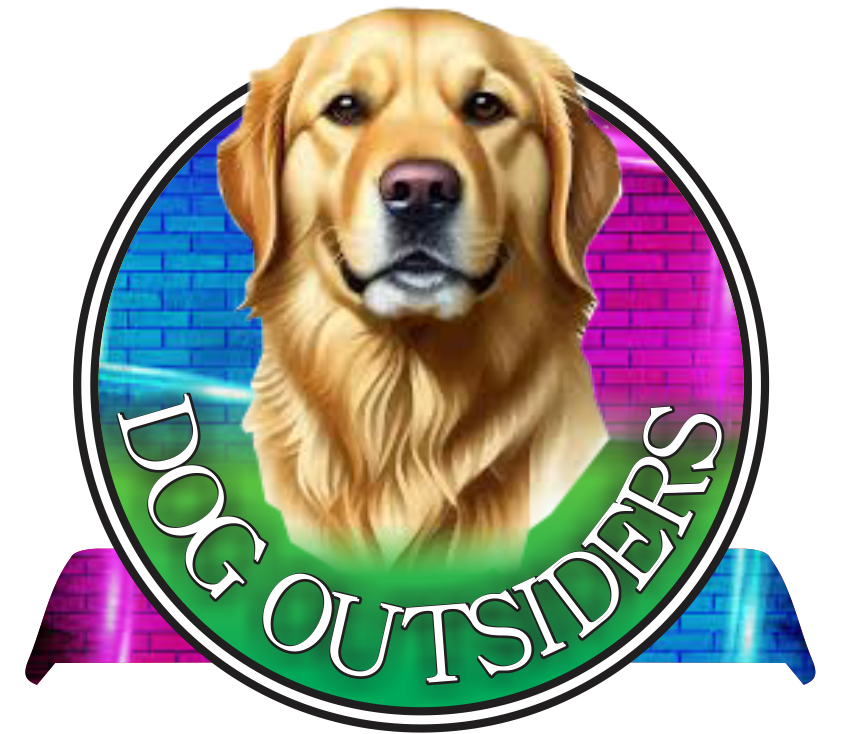
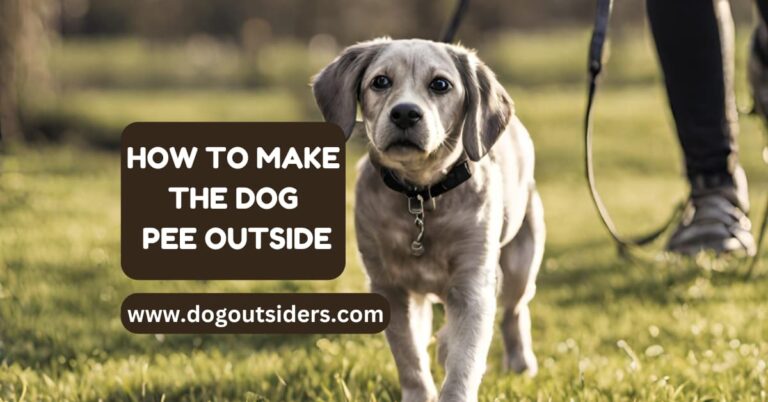
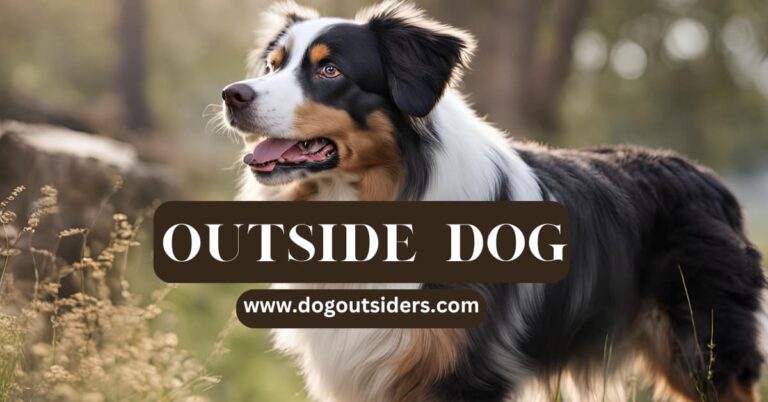
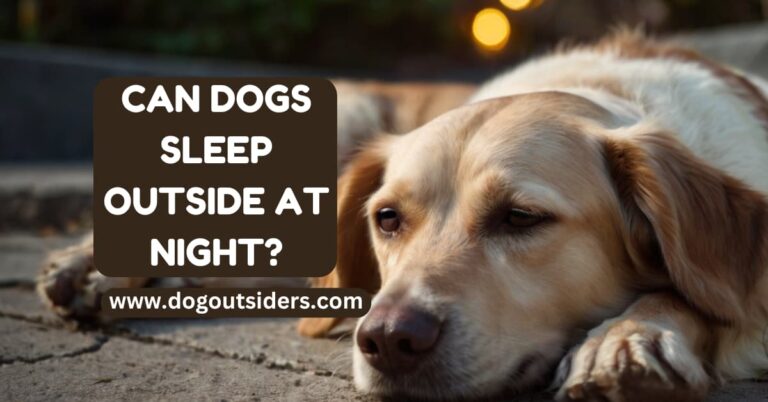
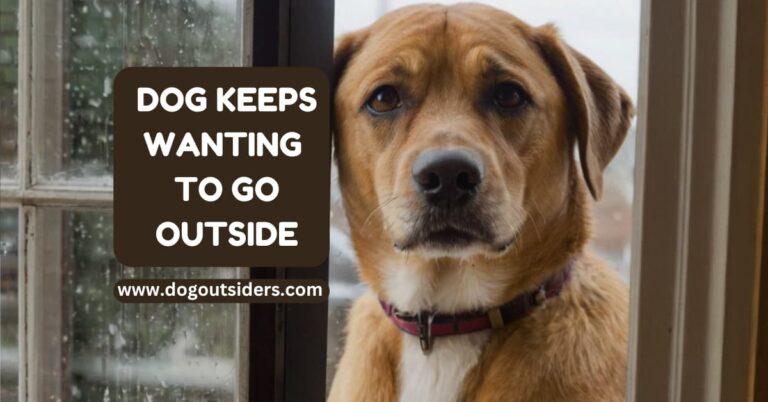
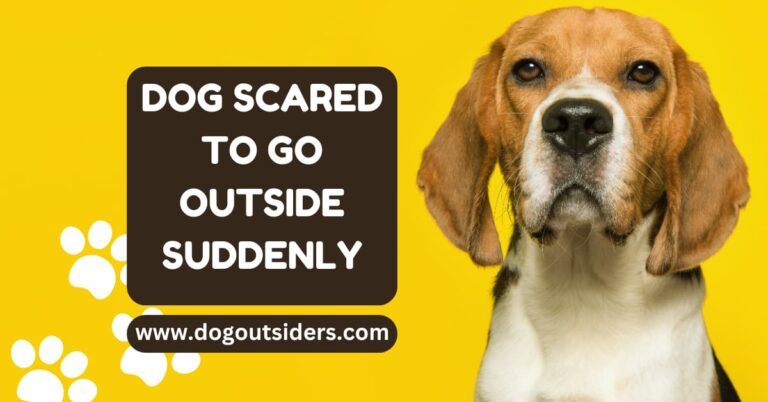
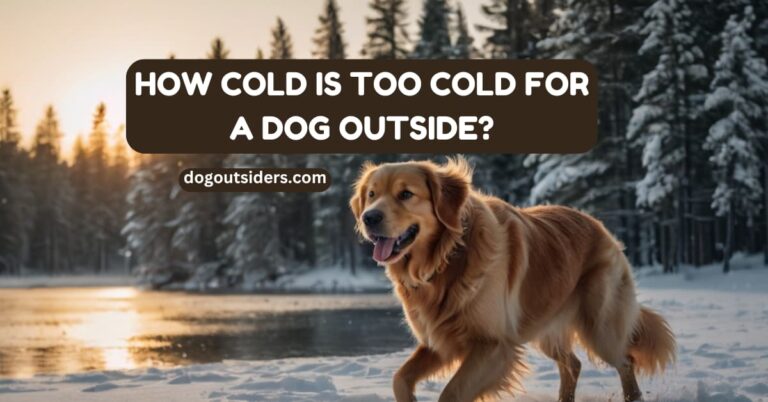
5 Comments